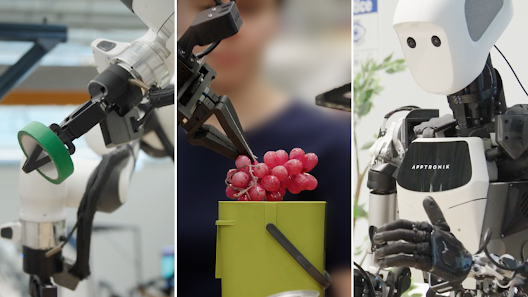Generative AI burst onto the scene with unprecedented hype and lofty expectations, but its actual utility remains under scrutiny. As the buzz begins to wane, so do the hopes of discovering groundbreaking applications that justify the massive investments pouring into this technology.
A Promising Start: The ChatGPT Phenomenon
When OpenAI launched ChatGPT in November 2022, it was nothing short of a technological spectacle. Within weeks, the platform had garnered over 100 million users, propelling OpenAI’s CEO, Sam Altman, into the limelight. Competitors scrambled to develop alternatives while OpenAI itself worked to improve its flagship GPT-4 model, released in March 2023. The race to create GPT-5 or its equivalent was on, and businesses rushed to integrate generative AI into their operations.
However, beneath the initial excitement lies a stark reality: generative AI systems often fail to meet real-world demands. While they excel at generating plausible-sounding content, they fall short in delivering reliable, fact-checked, or deeply insightful results. This major flaw, commonly referred to as “hallucination,” has led to widespread skepticism about the technology’s true potential.
The Reality Check on Performance
Generative AI operates fundamentally as a sophisticated “autocomplete” engine, predicting the next word or phrase based on given inputs. While this approach allows for impressive demonstrations, it also leads to glaring errors. These systems cannot verify the accuracy of their outputs, resulting in statements that are “frequently wrong, never in doubt.” This issue has plagued applications in fields ranging from education to science, where precision and reliability are paramount.
For example, OpenAI’s reliance on scaling up large language models has reached a plateau. Despite incremental improvements, GPT-4’s successors have not shown significant advancements over the competition. This lack of differentiation has eroded the competitive “moat” once envisioned for such technologies, forcing companies like OpenAI to lower prices and competitors like Meta to offer similar tools for free.
Financial Woes and Market Disillusionment
The financial picture surrounding generative AI is equally troubling. OpenAI, despite its market dominance, faces soaring operational costs. In 2024 alone, the company is projected to lose $5 billion, further casting doubt on its $80 billion valuation. User dissatisfaction is also growing, as businesses struggle to translate the technology’s theoretical capabilities into tangible value.
This convergence of underwhelming performance and unsustainable costs has led to what many are calling the “AI disillusionment era.” If significant breakthroughs are not achieved by 2025, the generative AI bubble could burst entirely, leaving the industry scrambling for new directions.
The Path Forward
To regain momentum, generative AI must prove its worth through practical, reliable applications. The focus needs to shift from flashy demonstrations to solving real-world problems. Moreover, innovation in areas like smaller, more efficient models may be critical to making generative AI more accessible and cost-effective.
Interestingly, the challenges faced by generative AI have parallels with broader issues in artificial intelligence, such as those highlighted in the ongoing US copyright battles shaping AI’s future. Legal frameworks and ethical considerations will play an increasingly pivotal role in determining how AI technologies evolve and integrate into society.
Final Thoughts
Generative AI captured the imagination of millions with its potential, but the road to widespread adoption is fraught with challenges. As the hype fades, only time will tell whether this technology can rise to meet its lofty promises or become another chapter in the annals of overhyped innovations.







